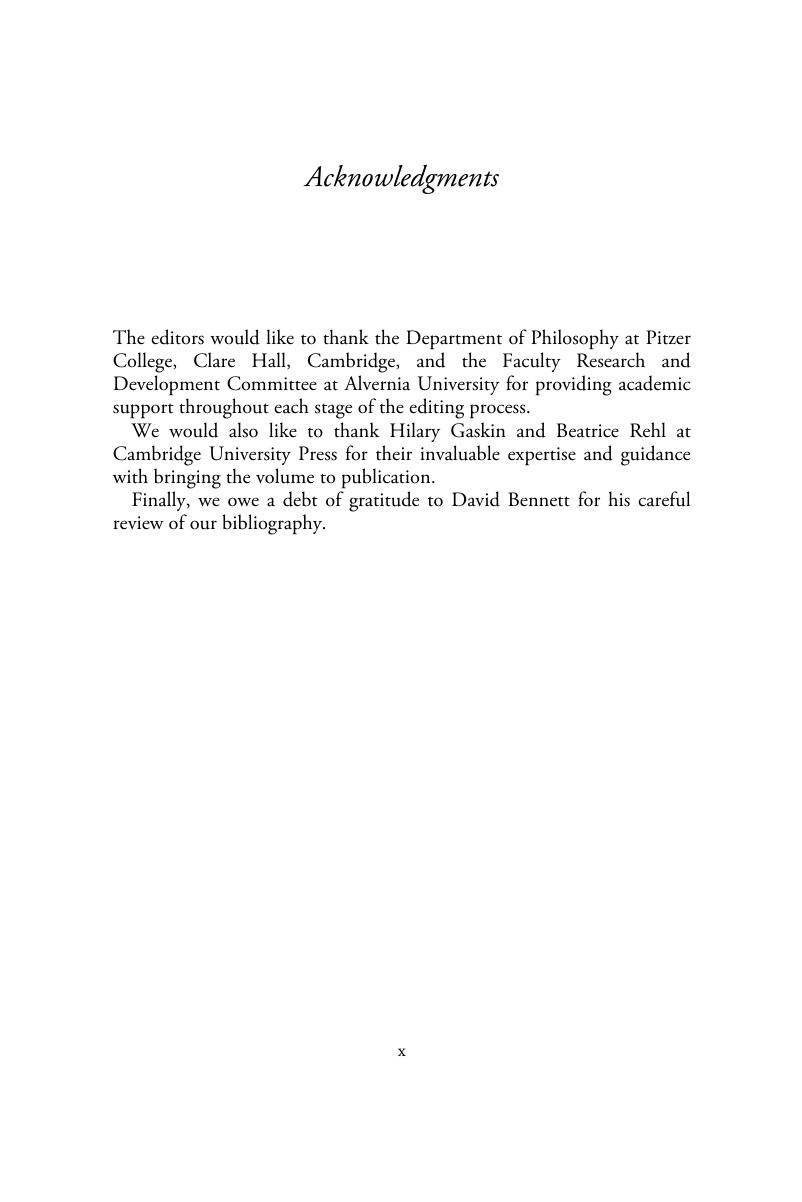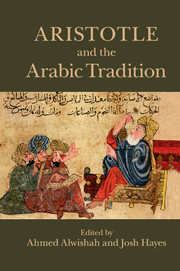Book contents
- Aristotle and the Arabic Tradition
- Aristotle and the Arabic Tradition
- Copyright page
- Contents
- Figures
- Notes on contributors
- Acknowledgments
- Introduction
- 1 “Arisṭū ʿinda l-ʿArab,” and beyond
- 2 The division of the categories according to Avicenna
- 3 What if that (is) why? Avicenna’s taxonomy of scientific inquiries
- 4 The Rhetoric and Poetics in the Islamic world
- 5 Al-Fārābī and the Didascalia
- 6 Aristotle’s ‘physical’ works and the Arabic tradition
- 7 Defining nature: from Aristotle to Philoponus to Avicenna
- 8 Avicenna on self-cognition and self-awareness
- 9 Averroes on intentionality and the human experience of the natural world
- 10 Metaphysics in the orbit of Islam
- 11 The Arabic reception of the Nicomachean Ethics
- 12 The shining and the hidden: notes on politics and solitude from the “Greek Prophets” to al-Fārābī
- References
- Index
Acknowledgments
Published online by Cambridge University Press: 05 October 2015
- Aristotle and the Arabic Tradition
- Aristotle and the Arabic Tradition
- Copyright page
- Contents
- Figures
- Notes on contributors
- Acknowledgments
- Introduction
- 1 “Arisṭū ʿinda l-ʿArab,” and beyond
- 2 The division of the categories according to Avicenna
- 3 What if that (is) why? Avicenna’s taxonomy of scientific inquiries
- 4 The Rhetoric and Poetics in the Islamic world
- 5 Al-Fārābī and the Didascalia
- 6 Aristotle’s ‘physical’ works and the Arabic tradition
- 7 Defining nature: from Aristotle to Philoponus to Avicenna
- 8 Avicenna on self-cognition and self-awareness
- 9 Averroes on intentionality and the human experience of the natural world
- 10 Metaphysics in the orbit of Islam
- 11 The Arabic reception of the Nicomachean Ethics
- 12 The shining and the hidden: notes on politics and solitude from the “Greek Prophets” to al-Fārābī
- References
- Index
Summary

- Type
- Chapter
- Information
- Publisher: Cambridge University PressPrint publication year: 2015

